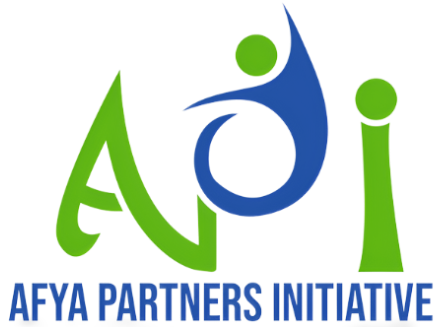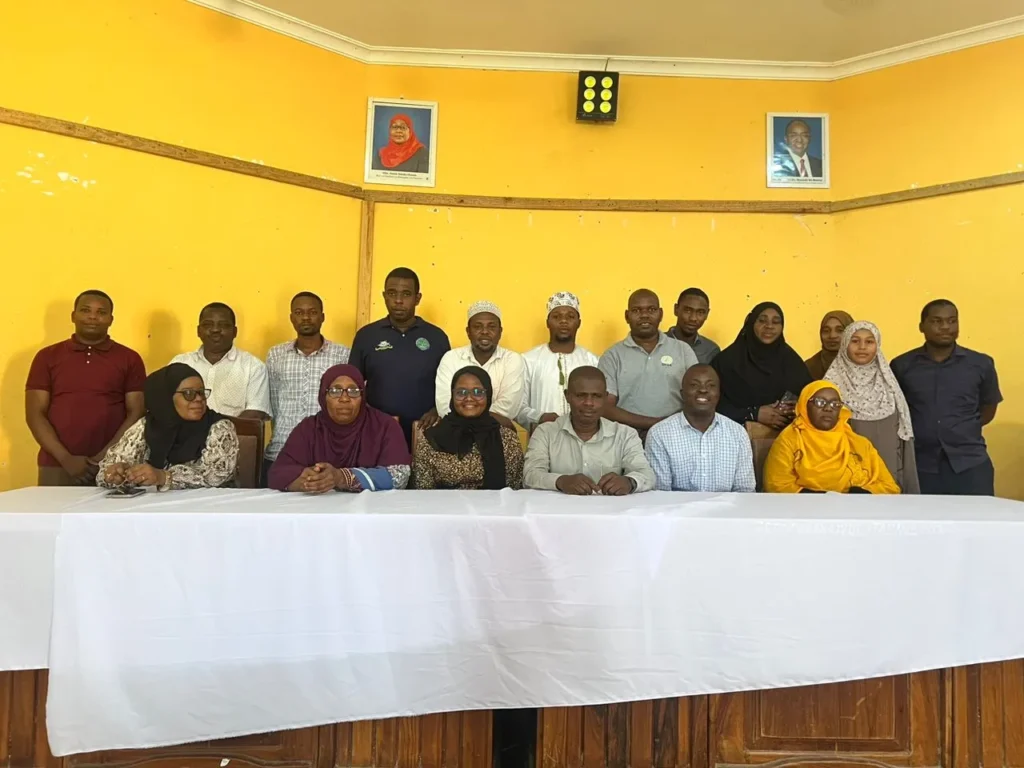A segment of attendees of the workshopIn December 2023, the National AIDS, STIs, and Hepatitis Control Program (NASHCoP) reported significant progress toward the UNAIDS 95-95-95 targets. These targets aim to ensure that, by 2025, 95% of people living with HIV know their status, 95% of those diagnosed with HIV receive sustained antiretroviral therapy, and 95% of those on treatment achieve viral suppression. While the data unveiled a commendable 83% awareness of HIV status among the population, challenges loomed large on the prospect, particularly concerning the initial 95% target.
Social and structural barriers, including stigma and discrimination, continue to impede progress on the first 95% target. Additionally, changes in HIV prevalence have rendered identification more challenging. However, in response to these challenges, the Ministry has embarked on innovative mitigation strategies, notably the adoption of a blood-based HIV self-test (HIVST).
Rationale for Change
The decision to revise existing approaches stems from a comprehensive review encompassing pilot studies, implementation reports, and global best practices. Key considerations include the incorporation of blood-based HIVST into existing HIV testing services, hepatitis screening, the adoption of a three-test algorithm, status neutrality, and the Social Network Index (SNS). The introduction of blood-based HIVST is poised to expand testing options, particularly among vulnerable and hard-to-reach populations. Meanwhile, the three-test algorithm aims to bolster case identification, enhancing the efficacy of testing strategies. Embracing status neutrality seeks to broaden the scope of testing services, facilitating preventive interventions for individuals testing HIV-negative. Lastly, the SNS promises to expedite the identification of individuals with similar risk profiles, optimizing community-based testing efforts.
Objectives of the workshop
The inaugural review workshop had a clear mandate: to update national HIV Testing Services (HTS) guidelines and optimize the HIVST training package. The specific objectives included:
1. Conducting a comprehensive literature review of WHO updates and recommendations.
2. Incorporating implementation best practices into the revised guidelines and training materials.
3. Tailoring recommendations to align with local contexts and requirements.
4. Integrating recommendations into the existing national HTS guidelines and HIVST training package.
Methods
The workshop convened 40 participants from the Ministry of Health, Implementing Partners, President’s Office for Regional Administrative and Local Government (PORALG), organized into six small groups. Each group undertook a meticulous review of assigned chapters, identifying gaps and proposing suggestions informed by WHO guidelines and global best practices. Following deliberations and plenary discussions, consensus was reached, and individual groups realigned their content accordingly.
Successes
The workshop yielded several tangible outcomes, including:
Final Draft of HIVST Training Package: A comprehensive training package to facilitate the implementation of blood-based HIVST.
Blood-based HIVST Orientation Package: A concise orientation package designed to equip healthcare professionals with the necessary skills and knowledge.
Zero Draft of National HTS Guidelines: This draft incorporates hepatitis screening across all chapters, alongside provisions for blood-based HIVST, status neutrality, three-test algorithms, and the SNS strategy. These changes are seamlessly integrated into monitoring, evaluation, and demand creation frameworks.
Conclusion
The review workshop marks a crucial moment in the nation’s HIV response efforts. By embracing innovation and global best practices, the revised guidelines and training materials are poised to revolutionize HIV testing services in the country. With a renewed commitment to inclusivity, efficiency, and effectiveness, the nation moves closer to realizing the ambitious 95-95-95 targets and, ultimately, ending the HIV epidemic.

